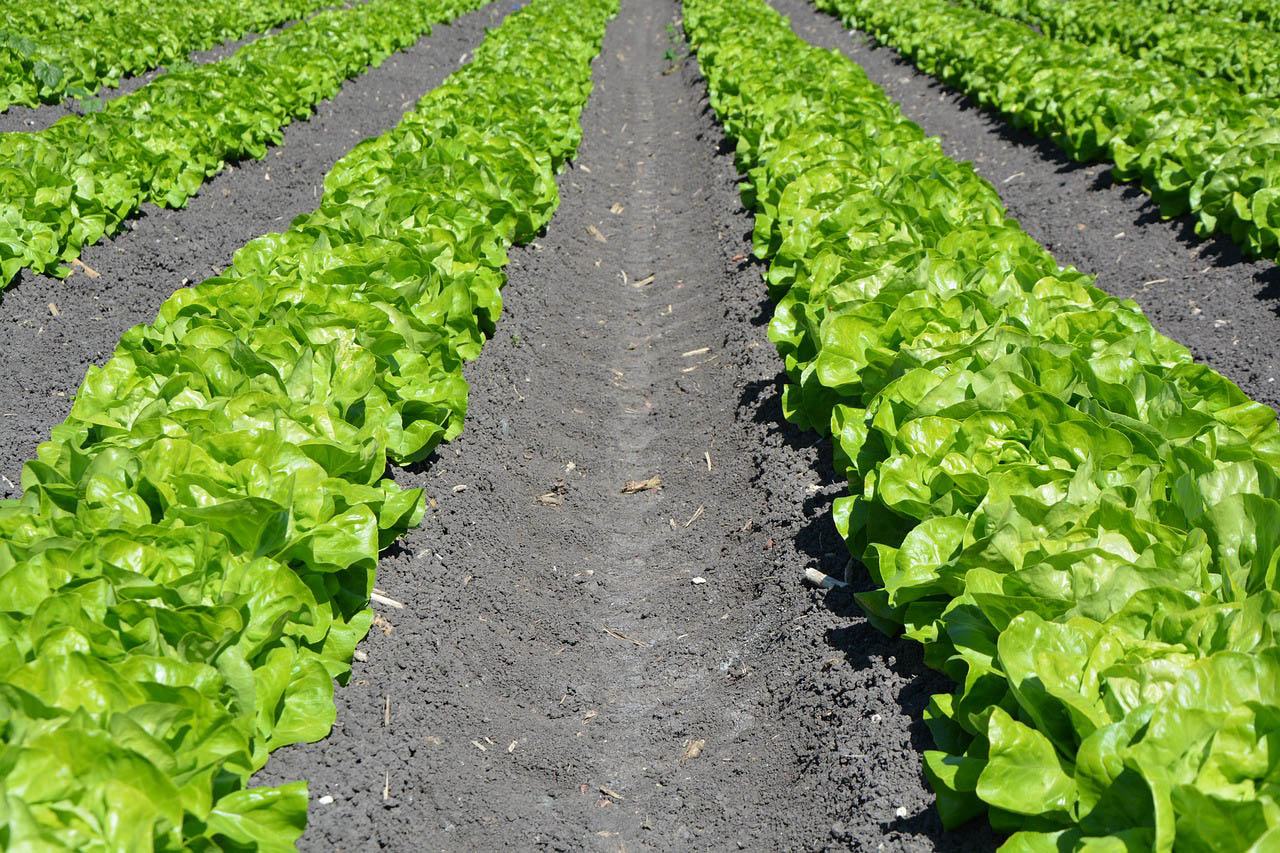Arizona’s citrus industry predates statehood by decades. The sun and soil are perfect for growing oranges, tangerines, lemons and grapefruit. Citrus is one of the state’s iconic 5 Cs: Citrus, Cotton, Climate, Cattle and Copper.
Arizonan’s beautiful backyard citrus and the citrus industry are threatened by a tiny pest that can spread a fatal disease. The Asian Citrus Psyllid (ACP) came to North America from Asia and has spread throughout the citrus producing states at an alarming rate. ACP has now been found in people’s backyards, along public roads and commercial groves throughout the state and as a result it is now under a statewide quarantine for this pest, but the disease it carries is still not known to occur in Arizona.
The ACP poses a threat because it is the carrier for a disease that kills citrus trees. The bacteria, commonly known as Citrus Greening Disease, has been found worldwide. In the U.S. it has been found throughout Florida and is making its way through Texas and now California. Once a tree is infected, the fruit will eventually become bitter and unusable. Infected trees will eventually die, in as little as a few years after symptoms are observed. The citrus industry in Florida and Texas has been hit hard by the disease costing more than a billion dollars and thousands of jobs.
To protect citrus across the state, backyards and commercial groves alike, moving citrus must follow careful guidelines.
Tips to Save Arizona’s Citrus
What to Do
- Buy citrus locally
- Buy citrus plants from reputably nursery
- Share citrus with friends, family and neighbors locally
- Fertilize trees and watch for signs and symptoms of psyllid infestation or citrus greening
What Not to Do
- Ship or carry uncertified* citrus fruit, leaves, or plants into Arizona
- Purchase uncertified* citrus fruit, leaves or plants from another state or online
- Bring citrus fruit, leaves or plants with you from other states or countries as you travel
- Graft citrus budwood or clippings from sources that aren’t free from citrus diseases
*Fruit, leaves and plants must undergo specific safeguarding measures and a certificate or permit issued by a regulatory agency to leave or enter the state.
Symptoms
The psyllid is no bigger than the head of a pin and can be seen singularly or in groups. It’s difficult to see, but can often be seen close to the trunk or limbs of the tree. The psyllid likes to feed on new growth and can be seen around the young offshoots in the spring and fall. Once infected with citrus greening, the new growth of a tree will turn a light green. The fruit will grow in odd shapes and stay green; fruit will be bitter.
If you have questions about your fruit or tree, do not take it to a nursery. You can CALL a local nursery or the Arizona Master Gardener program for advice. You can also call the Department at (602)542-0992.
CITRUS HEALTH FOUR POINT PLAN
Citrus is an Arizona icon and is engrained into the landscape throughout the temperate areas of the state, from Yuma to Safford and from Nogales to Kingman. Professionals, hobbyists, and homeowners are passionate about growing and caring for citrus across the state. Citrus propagation and maintenance provide added income and jobs to the nursery and landscape industry. Reported harvested citrus fruit accounted to $55.5 million to the $23.3 billion dollar agricultural contribution to the state’s economy in 2017. It is a top priority to maintain clean and healthy citrus to ensure this icon is around for generations to come.
The Arizona Department of Agriculture (AZDA) has a strategy in place for any future discovery of dangerous citrus pests or diseases that are not known to occur in the state and could pose a significant economic or ecological impact. Citrus greening disease, also called Huanglongbing (HLB), is the most devastating disease of citrus known worldwide and the top priority on the state’s radar of citrus diseases. There is no cure or remedy for HLB and once infected the tree will eventually die, sometimes in little as 5 years.
In 2009, the AZDA first detected the vector of HLB, the Asian citrus psyllid (ACP), in the southwest corner of the state in Yuma County. From that point the AZDA has shifted into high gear surveying for HLB and other citrus pests and diseases. AZDA is also continually assessing the risk of pathways and preparing for the potential detection and response of an HLB incident. So far, no plant or ACP has tested positive for HLB.
Arizona Citrus Health Program
For more information or if you have concerns about your citrus tree please call 602-542-0992 or email: [email protected]
Save Arizona Citrus
Related Links
-
Food Access
Finding Healthy Food in ArizonaConnecting people, food, and resources through partnerships with producers, non-profits, for-profits and government.
-
Get a License
Apply For, Renew, or look up a LicenseEnter our Licensing and Payment System then use the filter at the top to find the license you want to apply for or renew or find existing license information, including CEU's
